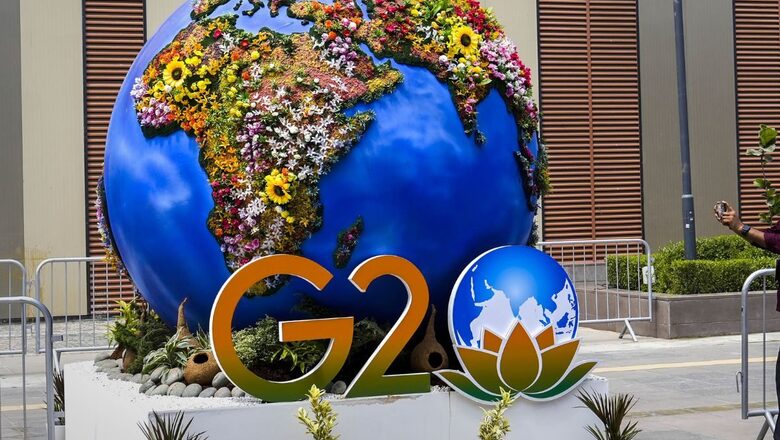
views
The Delhi Declaration has been dissected. Sceptical cynics carped about whether Bharat would be able to pull off such a summit without cascading complications and whether there would be a clear consensus. Critics have been proved wrong on both counts. In the Asterix comics, there is Chief Vitalstatistix, constantly concerned about the sky falling on his head.
Bharat has its share of naysayers and pessimists, often non-resident Indians, eternally hopeful about some calamity descending on the head of the Narendra Modi government, not theirs, since they chose to flee to more conducive climes. The Chief’s wife is Impedimenta and, indeed, for a country that is still relatively poor, there are impediments and constraints. The immediate afterglow of a successful G20 will pass, though many decisions taken will have implications that aren’t transient.
Beyond G20, Bharat now has a permanent sheen, in large part, economic and political. Just about ten years ago, India was included in the fragile five club. Such errors in assessment are par for the course, especially since the rancid nature of rankings is rarely questioned. But, in fairness, naysayers in 2013 hadn’t expected the metamorphosis since 2014. Bharat and Bharat’s aspirations have been turned around and even as recently as the Covid-19 pandemic, the agility wasn’t expected, at least not in the rest of the world.
Numbers and statistics speak for themselves — in terms of the aggregate size of the economy (purchasing power parity or otherwise), per capita income, or percentage of population poor. There is no need to reiterate those improvements, regardless of the metric used. In the past, there used to be a clichéd remark — the Indian economy has a glorious past and a glorious future, but a bleak present. For the first time in independent India’s history, the bhuta, vartamana and bhavishyat blend seamlessly into one another. The Narendra Modi government is rooted firmly in the past, moulds the present, and fashions the future template for Amrit Kaal in 2047.
Transcending the numbers, and projections are dime a dozen, there is an aspirational and developed Bharat that the country as a whole, not merely the government, is striving for. In one of his Independence Day speeches, the Prime Minister used the expression sabka prayas. Indeed, sabka saath sabka vikas occurs not merely because of what the government does, but because of sabka prayas. There are examples galore to demonstrate how Bharat’s energy has been unleashed in this fashion and inevitably and understandably, the world has taken note of the rise. It is more than taking note.
As the G20 example shows, the voice is heard and is increasingly shaping global opinion and policy. Government dashboards are replete with successes of government schemes. What these don’t capture is partly intangible, the restoration of Bharat’s pride since 2014. Indians are now proud of being Indians, and no longer defensive. (Indirectly, Pew Research Centre’s questions vindicate this proposition.)
Samkhya darshana speaks of three gunas — sattva, rajas and tamas. Sattva is that of purity, rajas that of passion and tamas that of darkness and ignorance. Rajas isn’t negative, it represents the creative principle of action and enterprise. To create, Brahma was imbibed with rajas. Bharat’s rise is symptomatic of society’s fabric being permeated by rajas, rather than tamas. This is a theme that Swami Vivekananda and Sri Aurobindo wrote and spoke about, and it finds an echo in Pandit Deendayal Upadhyaya’s April 1965 lectures, the theme being the rise and fall of civilisations. More recently, Gautam Chikermane has expanded on this, and a book edited by him was titled India 2030: Rise of a Rajasic Nation. The pride, and unleashing of talent and entrepreneurship, leads to a collective energy, where the aggregate is more than the sum of the parts and is not confined to the economic domain. There are positive externalities and multiplier effects difficult to quantify and measure.
With a sense of purpose, every Indian strives to do better — citius altius fortius. Sabka prayas resonates in Chandrayaan and other aspects of the space mission. It resonates in India’s successes in sports, no longer cricket and elusive hockey, but track and field, boxing, wrestling, chess and sundry other events. One can argue no success is uni-causal and there are multiple reasons (training, opportunity to participate in international events) that are pre-conditions for success. While that’s true, think of that extra spurt in the 4X100 men’s relay team or Neeraj Chopra’s refusal to sign on the Indian flag.
I have attended events where the National Anthem is sung, before or after the event. No Pew Research is needed to vindicate a metamorphosis most people will vouch for. Ten years ago, the silent majority typically stood up in respect. Ten years down the line, the typical majority is no longer silent. It sings along, the heart beating faster and the blood coursing faster in the veins. Witness the pride with which flags flutter atop houses on Independence Day or Republic Day.
Bharat is a nation and nationalism cannot be passe. It isn’t in any of the so-called developed countries. Why should India be different? The change might have been in the works, but the Narendra Modi government was the trigger.
The author is the chairman of the Prime Minister’s Economic Council and a well-known Sanskrit scholar. Views expressed in the above piece are personal and solely that of the author. They do not necessarily reflect News18’s views.











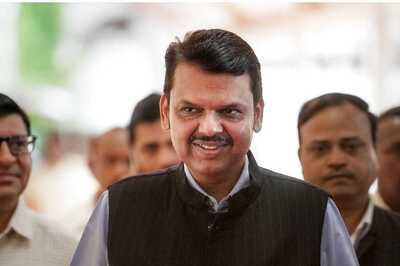

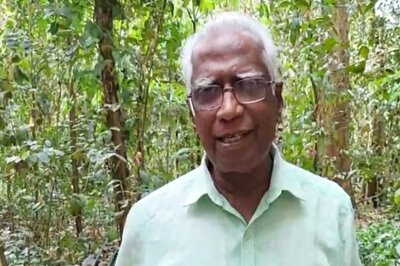

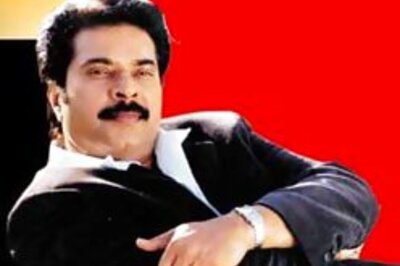


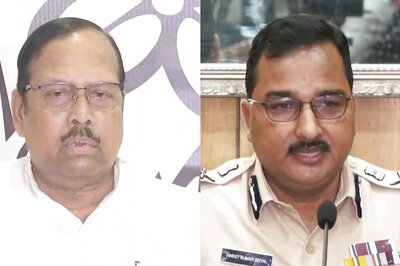
Comments
0 comment